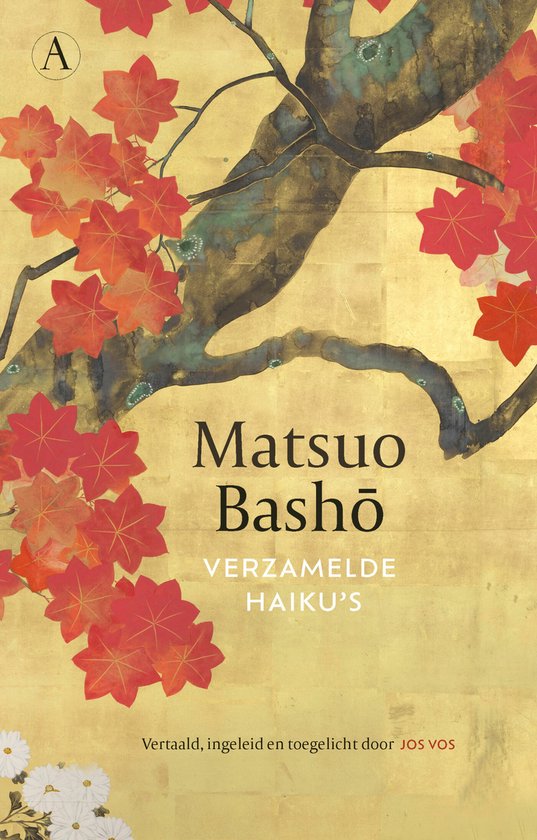
Writing Haiku
A world of dew
And within every dewdrop
A world of struggle
The iconic three-line haiku form is increasingly popular today as people embrace its simplicity and grace—and its connections to the Japanese ethos of mindfulness and minimalism. Say more with fewer words.
This practical guide by poet and teacher Bruce Ross shows you how to capture a fleeting moment, like painting a picture with words, and how to give voice to your innermost thoughts, feelings, and observations. You don't have to be a practiced poet or writer to write your own haiku, and this book shows you how.
In this book, aspiring poets will find:
Do you want to tell a story? Give haibun a try. Maybe you want to express a fleeting feeling? A tanka is the perfect vehicle. Are you more visual than verbal? Then a haiga, or illustrated haiku, is the ideal match. Finally, a renga is perfect as a group project or to create with friends, passing a poem around, adding line after line, and seeing what your group effort amounts to.
Ross walks readers through the history and form of haiku, before laying out what sets each Japanese poetic form apart. Then it's time to turn to your notebook and start drafting some verse of your own!
And within every dewdrop
A world of struggle
The iconic three-line haiku form is increasingly popular today as people embrace its simplicity and grace—and its connections to the Japanese ethos of mindfulness and minimalism. Say more with fewer words.
This practical guide by poet and teacher Bruce Ross shows you how to capture a fleeting moment, like painting a picture with words, and how to give voice to your innermost thoughts, feelings, and observations. You don't have to be a practiced poet or writer to write your own haiku, and this book shows you how.
In this book, aspiring poets will find:
- Accessible, easy-to-replicate examples and writing prompts
- A foreword that looks at the state of haiku today as the form continues to expand worldwide
- An introduction to related Japanese haiku forms such as tanka, haiga, renga, haibun, and senryu
- A listing of international journals and online resources
Do you want to tell a story? Give haibun a try. Maybe you want to express a fleeting feeling? A tanka is the perfect vehicle. Are you more visual than verbal? Then a haiga, or illustrated haiku, is the ideal match. Finally, a renga is perfect as a group project or to create with friends, passing a poem around, adding line after line, and seeing what your group effort amounts to.
Ross walks readers through the history and form of haiku, before laying out what sets each Japanese poetic form apart. Then it's time to turn to your notebook and start drafting some verse of your own!
| Auteur | | Bruce Ross |
| Taal | | Engels |
| Type | | Paperback |
| Categorie | | Taal |




